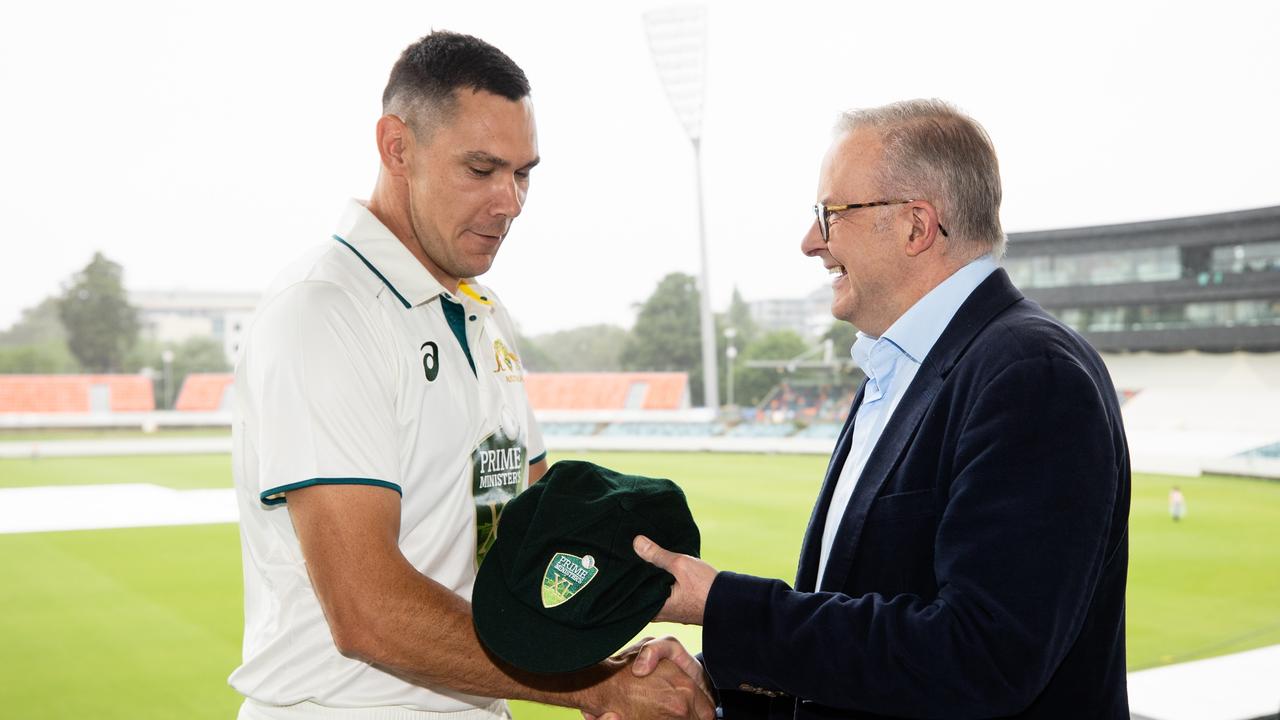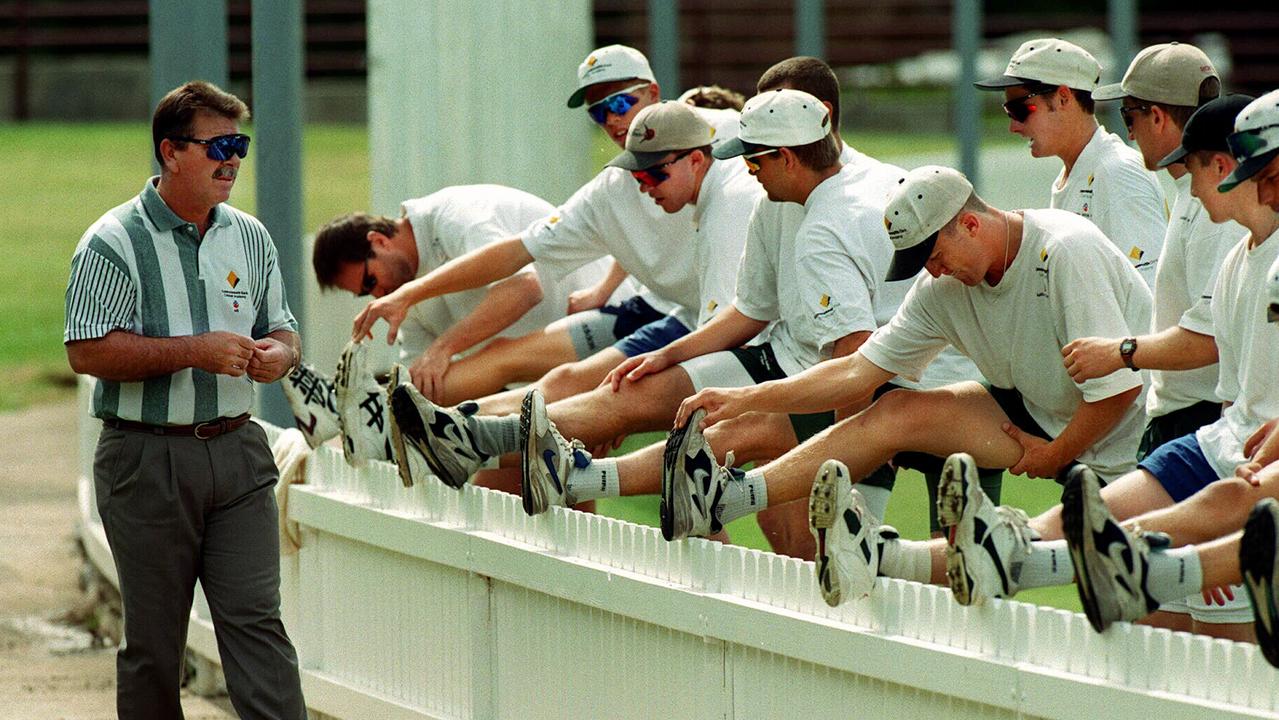The plight of the current Australian team seems worse than ever before, says Richards Hinds
AXE the players, the coach, the sports scientists, the selectors ... axe everyone. After five abject defeats, should the voice of a disgruntled public be heard?
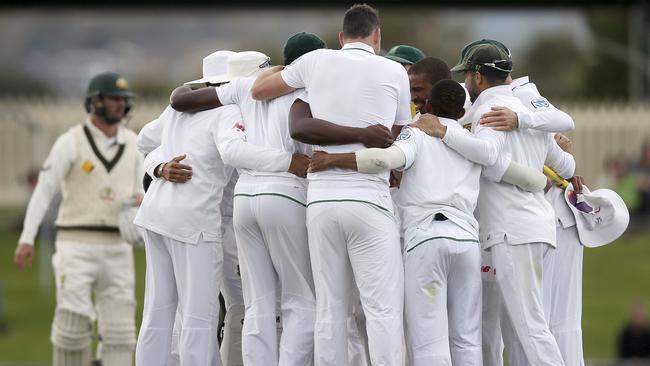
Opinion
Don't miss out on the headlines from Opinion. Followed categories will be added to My News.
PLAYER RATINGS: NINE FAILS, TWO PASSES IN HOBART DISASTER
BATTING BATTLE: SHIELD SHOOTOUT TO DECIDE TEST FUTURES
ALLAN BORDER: BLAME LIES ENTIRELY WITH THE PLAYERS
THE best that can be said about the deplorable state of Australian Test cricket is that there is no shortage of options, although most of them require a sharp, woodcutting implement.
Axe the players, axe the coach, axe the sports scientists, axe the selectors, axe the captain ... axe everyone. After five abject defeats, should the voice of a disgruntled public be heard, this summer could more resemble an episode of Game Of Thrones than the gentlemanly game of cricket.
This is not the first recent Australian Test team to make T20 look like the longer form of the game. Michael Clarke’s accidental tourists of 2013 lost six in a row — four in India and the first two in England.
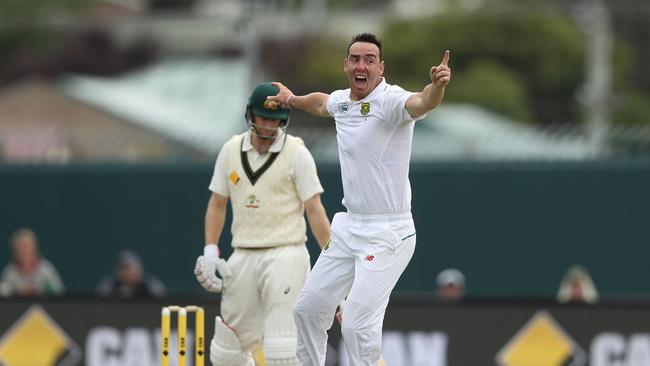
But whether it is the bright spotlight of home, or the abysmal nature of the defeats, the plight of the current team seems worse. Australia lost 10-86 and 10-85 in Perth and was all out for 85 and lost 8-32 in Hobart. This following the Test tour of Sri Lanka where the batting also collapsed like a $5 banana lounge and a one-day series whitewash in South Africa.
Captain Steve Smith channelled Joe the Cameraman as he conceded Australia’s batsmen can’t play seam, can’t play swing and can’t play spin. The temptation was to add: ‘Just can’t play’.
The only man in worse form than the Australian batsmen is umpire Aleem Dar — aka Aleem D’oh! — whose trigger finger could not be itchier if his ball-counter was made of poison ivy. But where the DRS could reverse Dar’s howlers, Australia’s performance unit — “high performance’’ is currently a stretch — has not yet prescribed a cure for Australia’s malignant batting.
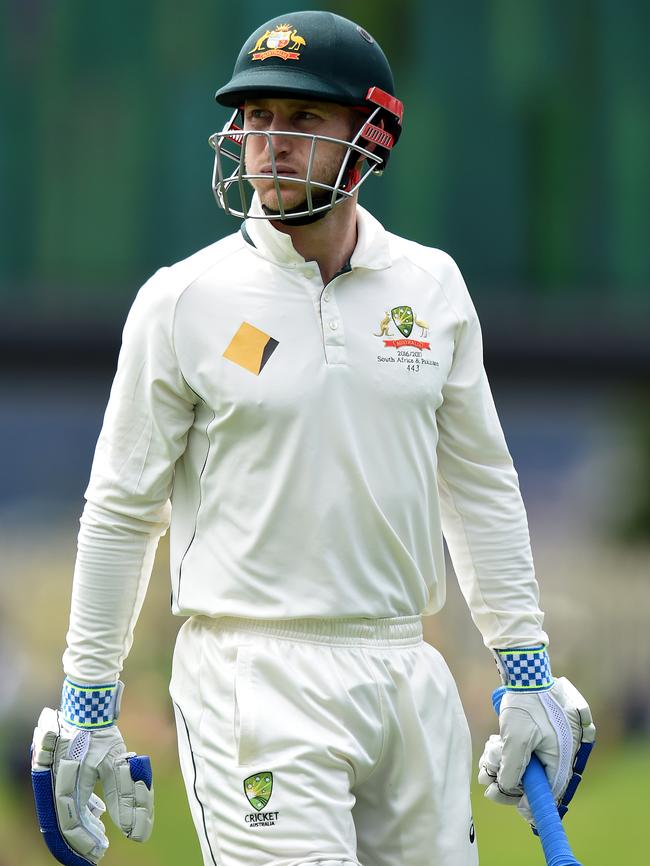
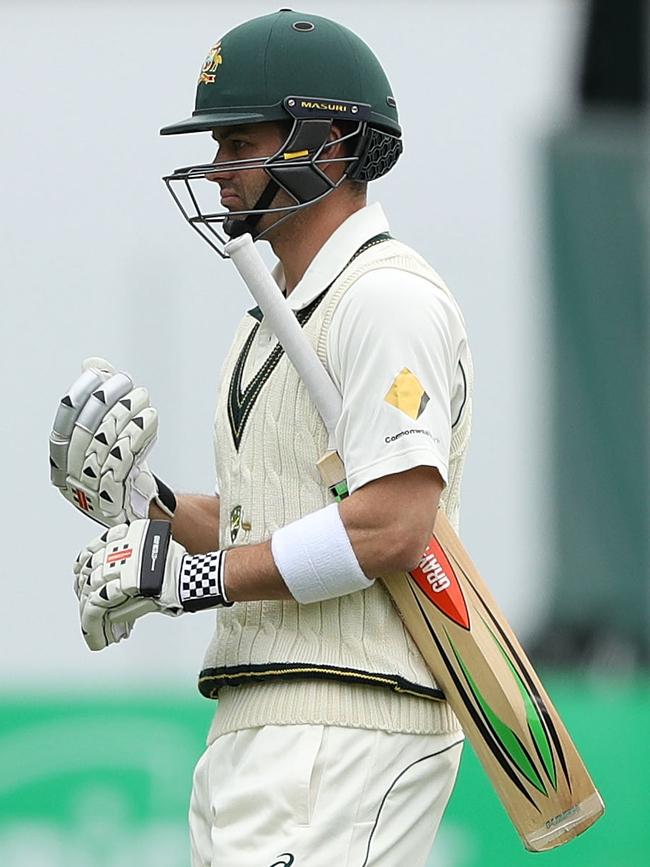
Instead Australia lunges comically from one extreme to the other. In the first innings there were indiscreet shots; in the second no shots at all. Incredibly, Adam Voges and Callum Ferguson managed to simultaneously leave the ball and nick it anyway.
These non-shots were just the most obvious indication the Australian batsmen have — to borrow a phrase popularised in a more successful era — mentally disintegrated in the face of admittedly excellent South African bowling.
The only timing worse than that of Australia’s batsmen was by the publicist who issued a press release promoting coach Darren Lehmann’s new book as the wickets tumbled. What might well be a learned text was rendered pulp fiction by another display of stunning ineptitude.
The bloodlust of Australian cricket fans demanding scalps is inevitable and justifiable. The layers of bureaucracy added since the Argus Review in 2011 have not protected Australia from disaster. Indeed some will venture Smith — and perhaps Lehmann — are inhibited by dithering selectors and a bloated support staff, not aided by them.
But as the “crisis talks’’ began, perhaps the best way forward for Australia was offered by their tormentors. South African cricket was itself in a deep hole 18 months ago and has rebounded strongly.
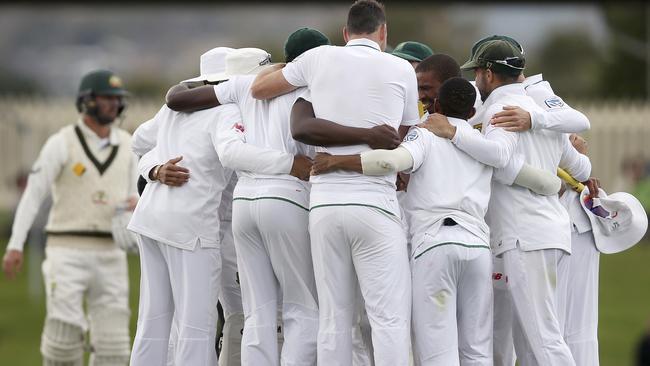
Captain Faf du Plessis said the South Africans underwent a cultural shift that included a deep commitment to excellence and resilience. But, he added: “You have to live it, not just pay lip service to it.’’
Man of the match Kyle Abbott – a drinks waiter here until Dale Steyn’s injury – said in preparing for Tests the South Africans talk about “staying patient and taking (the game) as deep as possible’’. The only plan Australia seems to have for the fifth day requires booking a tee-time.
Thus the South Africans succeeded in their mission to “cut the head of the snake’’ — even if it turned out to be more like removing the tail from a donkey.
Of course, South Africa’s revival is also the consequence of the emergence of some brilliant young stars. The Sheffield Shield, conversely, does not seem to be groaning under the weight of budding young Rabadas, de Kocks and Bavumas.
Australian cricket can swing the axe as wildly as David Warner swung the bat in the first innings. But when the heads roll, who will step up to take their places?
Originally published as The plight of the current Australian team seems worse than ever before, says Richards Hinds

